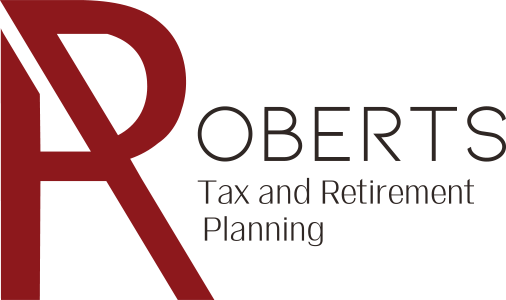For workers in their late fifties and early sixties, involuntarily moving out of the labor force is a real possibility. The most common causes are reorganizations by employers or a health and disability event. A complicating factor is that employability may decrease, along with the ability to demand a high salary.
This combination can lead to an unplanned early retirement. Considering this possibility before it happens will lead to a better outcome if it happens and starts with understanding the major tools that are necessary to respond.
All employees should understand the details of health, disability, and severance benefits before the problem arises. A proactive review done without an immediate problem looming reduces pressure. Moreover, HR and benefit teams are more forthcoming with current employees than former or soon-to-be-former employees.
Depending on the circumstances, negotiation may be possible. The heart of this type of negotiation is considering why it might be in the employer’s best interest to modify benefits. For example, an employee who is critical to finishing an important project could commit to staying through project completion in exchange for an enhanced package.
After separation, the immediate problem is cash flow. A significant source of cash may be the current employer 401k plans. For employees between 55 and 59½, special rules exist which allow for use of the money without penalty. Cause of separation is not relevant, but some details on this rule do exist and must be understood.
While withdrawing from the 401k might be easy, the lifelong impact must be considered. A better approach may be a job for a few more years to reduce pressure on retirement savings and to allow additional growth time. Even part-time employment can help. Surprisingly, an excellent source of part-time employment may be the former employer. Consider discussing part-time contract gigs before leaving.
Cobbling together income after the shock of a sudden job loss is daunting. The reality is that the new plan will likely be a collection of partial solutions. Understanding the advantages and disadvantage of each component will produce the best possible result with the least possible stress. Please contact us for assistance with a plan suited to your life.






